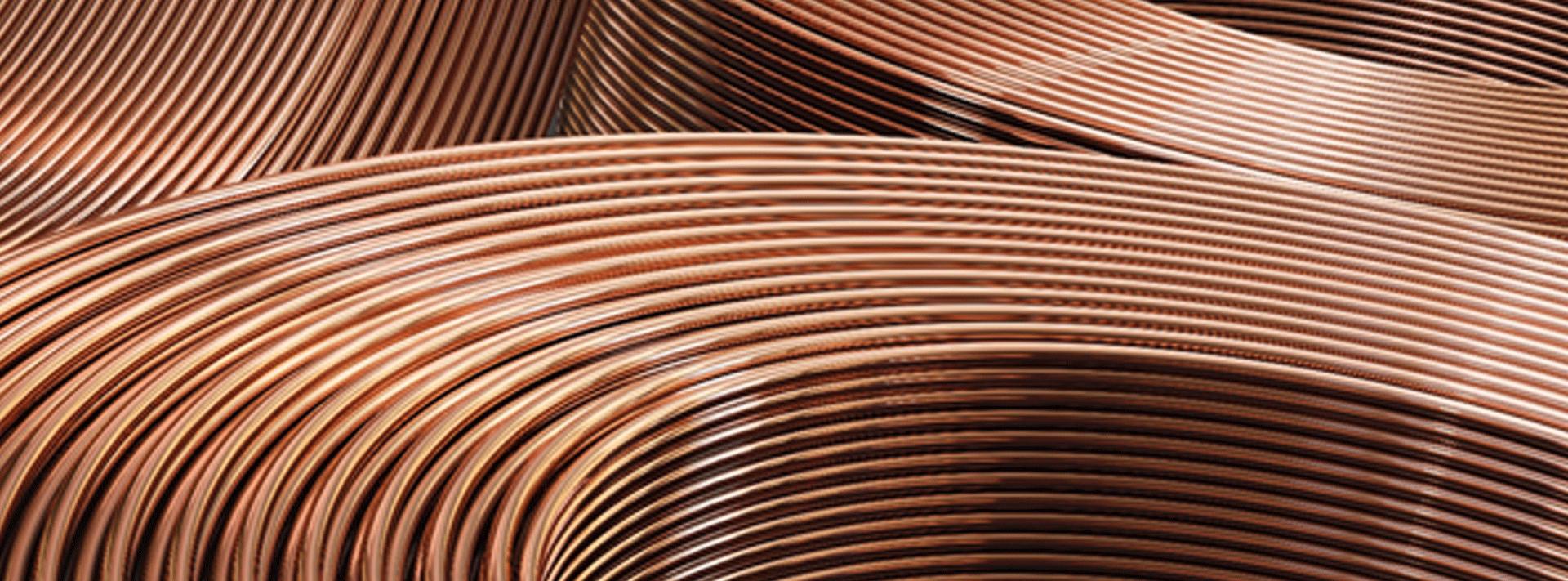CABLE MANAGEMENT
As part of PAT or as a standalone service PlanetCable can transform your office environment with our bespoke cable management.
DATA CABLE INSTALLATION
A data cable such as ethernet cables, networking media and optical fibre cables allows baseband transmissions to flow from a transmitter to a receiver.
BUILDING STRUCTURE
The scale of the job will differ depending on whether it’s a new building, or an existing building that needs new wiring or additional cabling.
We’ll assess your floorplans, if you have them, to ascertain the scale of the building. This is because copper Ethernet cables have a maximum distance of 100 metres – so anything above this requires a fibre connection.
Fibre is usually installed to join Comms Cabinets together; multimode fibre can run up to 400 metres at speeds of 40GB+, but anything above 550 metres will require single mode fibre.
We also need to establish whether there’s any asbestos or other hazardous building materials in the building before we start work.
Disruption
Working out of hours will be the least disruptive.
How many voice and data drops do you want?
A drop refers to one run of cable from a starting point – the server room or the nearest Comms Cabinet – to the end-point – a floor/wall trunk or ceiling location.
What network speeds are required?
The speeds you can attain are limited by the cable you chose. That might be CAT5e/Cat 6/Cat 6a & CAT 7 or, if fibre, then OM1/OM2/OM3/OM4 or OM5. Cables have differing performance levels with resistance to interference being a very important consideration.
What’s the ceiling or flooring like in your office?
This is crucial when it comes to data cable installation. There are two types of ceiling: a hard cap ceiling or a drop/acoustic suspended ceiling. The latter is easier to work with because it provides better access for the data cables.
Raised floors allow underfloor cabling to floor ports containing mains power and ethernet connectivity. If these options are not available, then we can install wall trunking to house the required cabling.
Does your office require plenum or non-plenum cabling?
This depends on the construction of your office. If your data cabling will be run in a ceiling that also holds the ventilation system, then you’ll need a plenum rated cable. These cables are coated in a fire-retardant plastic jacket, which will limit the amount of smoke & toxic fumes, in the event of a fire.
QUOTATIONS
We will arrange a site survey to further discuss your needs where we’ll investigate possible cable runs & comms cabinets locations for your site. From there, we’ll provide you with a quote for our data cable installation service, and if you agree, we will arrange an installation date.
The importance of cable

- Cabling is one of the most important components of your network with a lifespan of 15-20 years.
- Your network equipment will probably be replaced 4-5 times in this period.
- Cabling should be about 15% of the total cost of your installation. Correct investment of quality cabling will mean less downtime, maintenance and better network performance
Fibre optic cabling
Fibre optic cabling is faster and more reliable than traditional cabling. Used to connect computer networks, telephones, CCTV and broadband It is less expensive, lighter and thinner than copper wire. Using less power, with reduced signal degradation it can also carry bigger volumes of data so it’s perfect for the modern-day needs of large organisations.
Cabling considerations
- The type of network you plan to run will influence the cable you choose
- Review the maximum distance between your network switches and the farthest desktop
- Consider bend radius and available space for cable runs
- Is there existing or abandoned cable that needs to be removed?
- EMI (electromagnetic interference) – is this an issue?
Traditionally, copper was used in lower speed, short distanced networks, and fibre was used in higher-speed, long-distanced networks. But with the advent of copper cable running at 10-gigabit rates, this maxim no longer holds true. You may even find a mixed network with a fibre backbone and copper horizontal cable to be an optimum solution.


